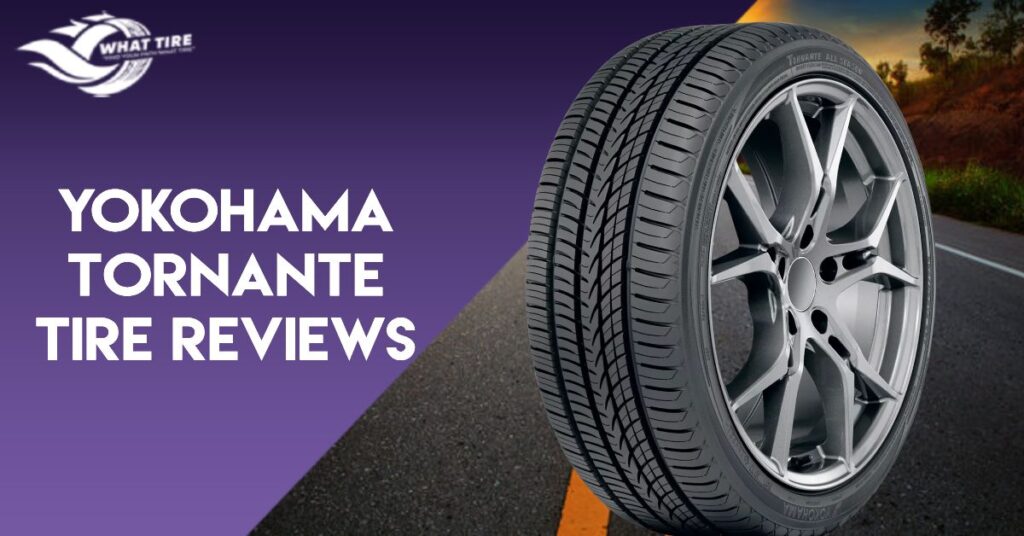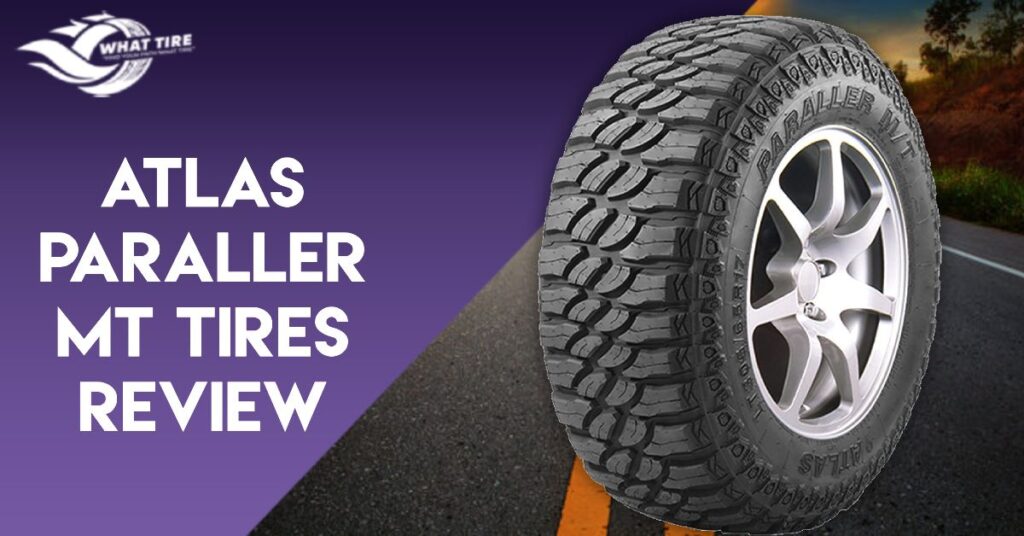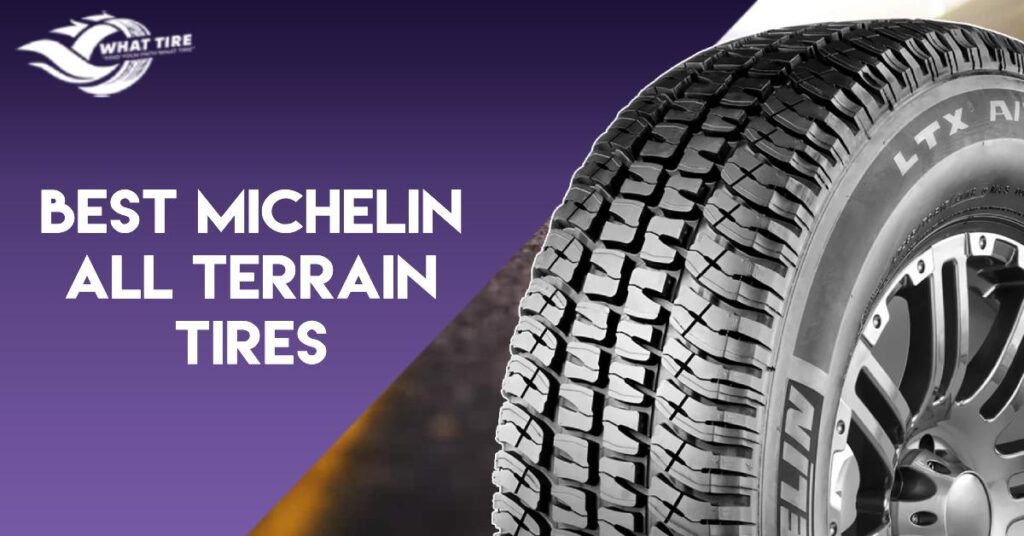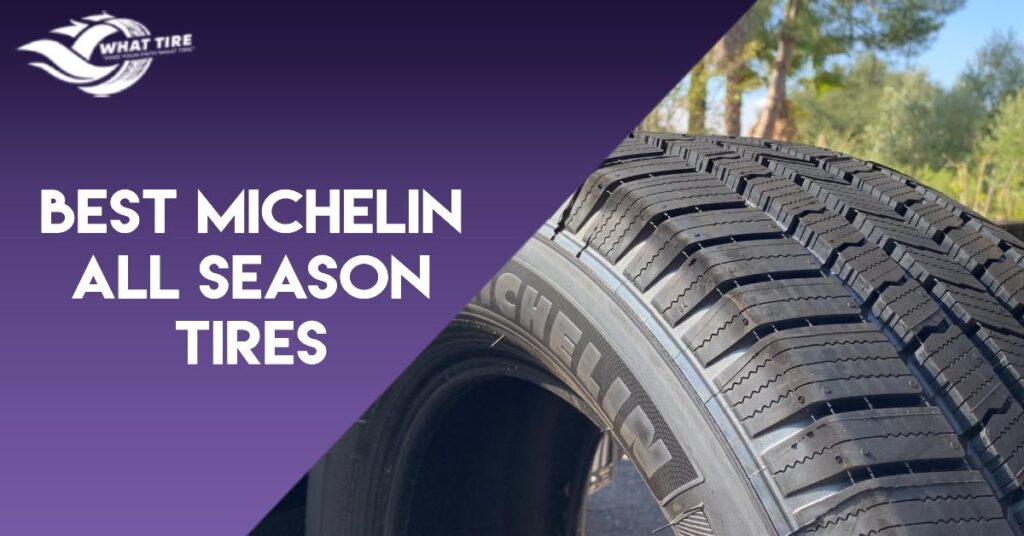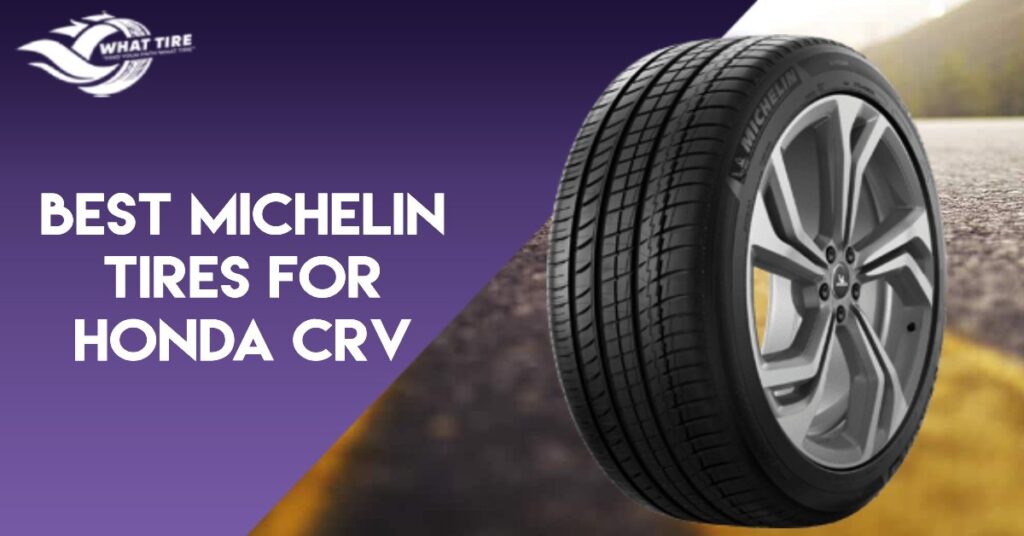Can Bridgestone Run Flat Tires Be Repaired?
As drivers, our safety hinges on reliable tires, and Bridgestone Run Flat Tires are game-changers with their ability to keep us moving even after a puncture. But can Bridgestone Run Flat Tires be repaired? This question is vital as it uncovers the complexities and risks involved in maintaining these specialized tires. By understanding their repairability, you’ll be better equipped to make informed decisions about tire care, ensuring a safer and smoother journey ahead. What are Bridgestone Run Flat Tires? Bridgestone Run Flat Tires are engineered to provide a crucial safety feature known as extended mobility. Unlike conventional tires, they are designed to support the weight of a vehicle even when air pressure is lost due to punctures or other damage. This is achieved through reinforced sidewalls and advanced internal structures that enable the tire to maintain its shape and functionality, even in a deflated state. Bridgestone utilizes proprietary technologies such as Cooling Fin and Nano Pro-Tech to enhance heat dissipation and improve overall durability, ensuring reliable performance in a variety of driving conditions. Can Bridgestone Run Flat Tires Be Repaired? Yes, Bridgestone Run Flat Tires can be repaired, but it is not recommended due to safety concerns and the specialized construction of these tires. 1. Challenges in Repairing Run Flat Tires Repairing Bridgestone Run Flat Tires presents unique challenges due to their specialized construction, including reinforced sidewalls and internal components designed for extended mobility. These features require careful handling to ensure the structural integrity and performance of the tire are maintained. 2. Safety Considerations Attempting to repair Bridgestone Run Flat Tires without proper expertise and equipment can compromise safety. Structural damage, even if seemingly minor, may lead to unpredictable failures, especially in high-speed or demanding driving conditions. Adhering to manufacturer guidelines and recommendations is essential to mitigate these risks. 3. Manufacturer Guidelines and Recommendations Bridgestone typically advises against repairing run-flat tires due to safety concerns. Instead, they recommend replacing damaged tires with new ones to ensure optimal safety and performance. Following Bridgestone’s specific guidelines and recommendations is crucial to maintain warranty coverage and ensure the longevity of the tires. Factors Influencing Repairability Several factors influence the repairability of Bridgestone Run Flat Tires, ranging from the severity of damage to the tire’s structural integrity and usage history. 1. Structural Integrity of the Tire The structural integrity of a tire, particularly in the case of run-flat tires, is paramount when considering repairability. Any damage that compromises the integrity of the tire’s construction, such as cuts, tears, or sidewall damage, may render it unsuitable for repair. Run flat tires rely on reinforced sidewalls and internal components to support the vehicle’s weight in a deflated state. Repairing such damage without compromising this structural integrity requires specialized techniques and expertise. 2. Damage Severity and Location The severity and location of the damage are critical factors in determining whether a Bridgestone Run Flat Tire can be repaired. Minor punctures in the tread area may be repairable if they meet certain criteria, such as size and location. However, damage to the sidewall or shoulder area, where the tire experiences the most stress, is generally more challenging to repair and may necessitate tire replacement. Additionally, any damage near the bead area, which affects the tire’s ability to seal properly with the wheel rim, may also impact repairability. 3. Tire Age and Usage The age and usage history of a Bridgestone Run Flat Tire can also influence its repairability. As tires age, they may become more susceptible to damage and degradation, affecting their ability to maintain structural integrity and safety. Additionally, tires that have undergone extensive use or have been driven in harsh conditions may have accumulated wear and tear that could impact their repairability. Manufacturers often provide guidelines on the maximum service life and usage recommendations for run-flat tires, which should be considered when evaluating repair options. 4. Compatibility with Repair Methods The compatibility of Bridgestone Run Flat Tires with repair methods is another factor to consider. Run flat tires may require specialized repair techniques and materials due to their unique construction and functionality. Traditional tire repair methods, such as patching or plug-and-patch repairs, may not be suitable for run-flat tires and could compromise their performance and safety. It’s essential to consult with a qualified tire technician familiar with run-flat tire repair procedures and manufacturer recommendations to determine the most appropriate repair approach for a specific situation. Risks of Repairing Bridgestone Run Flat Tires Repairing Bridgestone Run Flat Tires carries inherent risks that can compromise the safety, performance, and overall tire integrity. 1. Potential Compromises to Safety and Performance Improper repair of Bridgestone Run Flat Tires can compromise safety and performance. Any repairs that undermine the tire’s structural integrity may lead to hazardous situations such as loss of control or blowouts, especially at high speeds. 2. Impact on Tire Lifespan and Warranty Repairing Bridgestone Run Flat Tires may reduce their lifespan and void warranty coverage. Repaired tires can experience decreased durability and longevity, leading to premature wear, decreased traction, and increased risk of failure over time. 3. Legal and Liability Considerations Repairing Bridgestone Run Flat Tires improperly can result in legal and liability issues. In accidents, liability may fall on the driver or owner if it’s determined the tire was improperly repaired, leading to legal disputes and financial liabilities. Compliance with manufacturer recommendations is crucial to mitigate risks. Also Read How Long Will Tires Last With Bad Alignment. Conclusion While Bridgestone Run Flat Tires technically can be repaired, the risks involved, including compromises to safety, performance, and warranty coverage, outweigh the benefits. It’s essential to prioritize safety by adhering to manufacturer guidelines and considering replacement options when faced with tire damage. When questioning, “Can Bridgestone Run Flat Tires be repaired?” it’s crucial to recognize that ensuring a smoother and safer journey often means opting for a replacement. FAQs Can I repair a Bridgestone Run Flat Tire myself? No, repairing run-flat tires requires specialized expertise and equipment. It’s best to consult a qualified tire technician. Will repairing my
Can Bridgestone Run Flat Tires Be Repaired? Read More »


